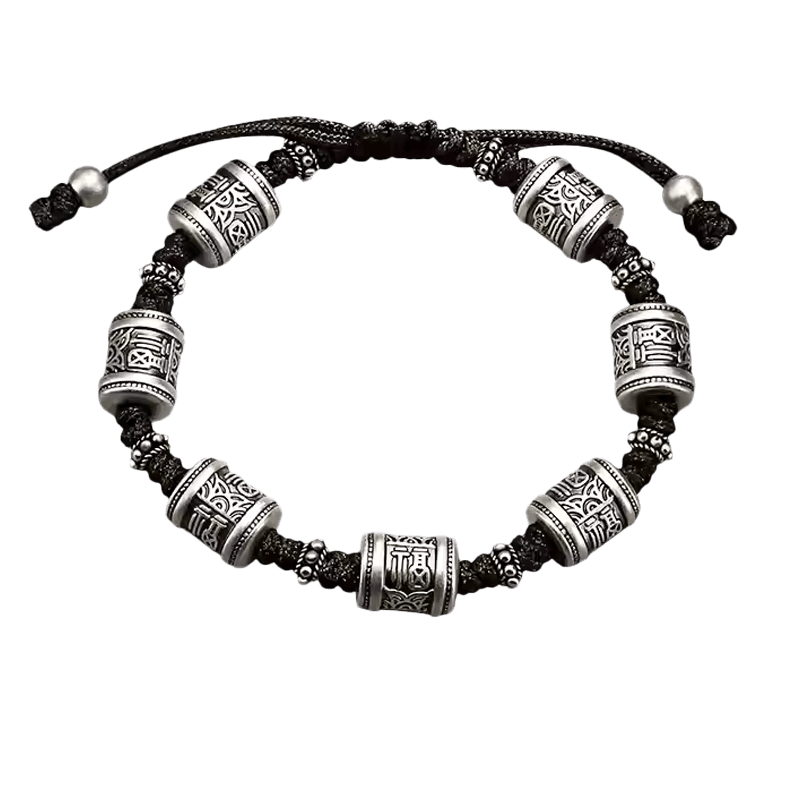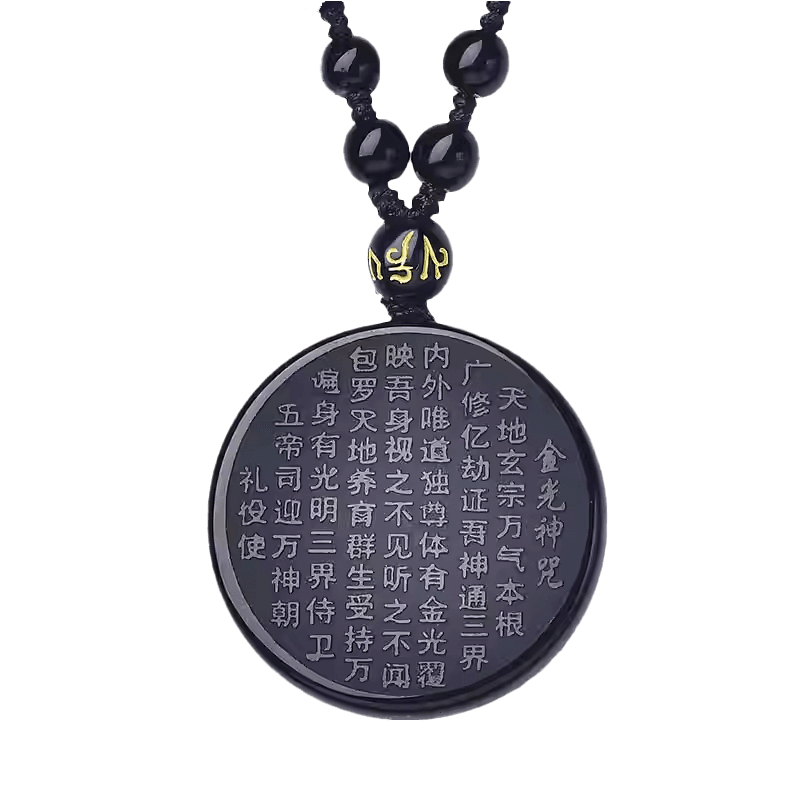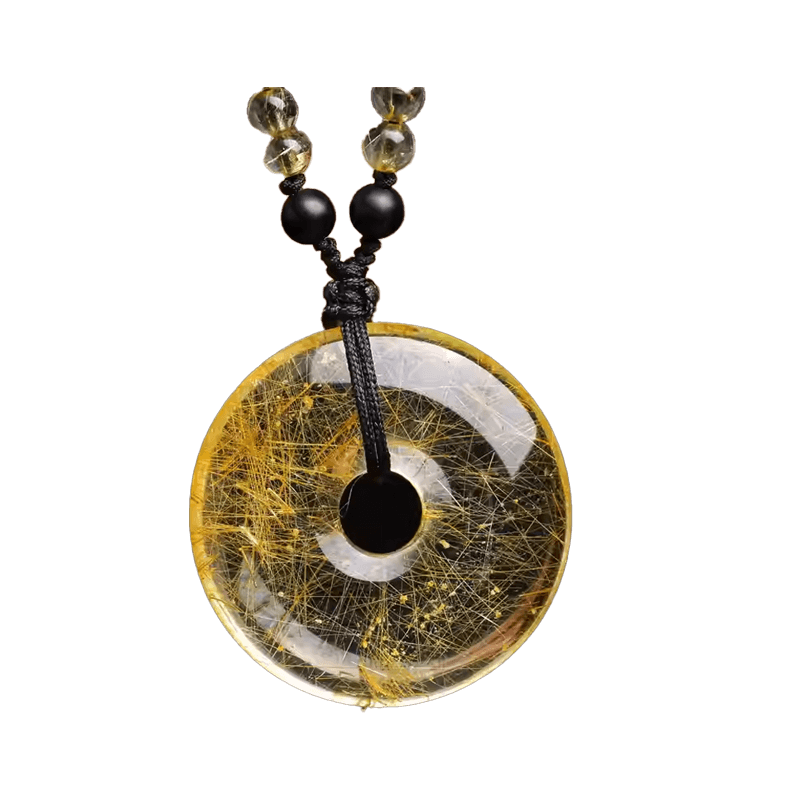Tai Chi Quan and Tai Chi Culture
- Central to Taijiquan is the concept of yin and yang. Yin represents passivity, relaxation, and coolness, while yang stands for activity, energy, and warmth.
- In terms of physical health, The balanced flow of yin and yang promotes the circulation of qi and blood. The relaxed state (yin) allows blood vessels to expand, enhancing blood flow, and the internal energy activation (yang) ensures the smooth movement of qi, nourishing organs.
- Mentally, the calm focus during Taiji practice (yin) clears the mind of stress and anxiety. At the same time, the dynamic nature of the movements (yang) stimulates mental alertness. This combination helps maintain emotional stability, bringing overall health and a sense of tranquility to practitioners.
- Yin and Yang is a fundamental Chinese philosophical concept deeply rooted in nature and truth. Yin symbolizes qualities such as passivity, softness, coolness, and darkness, much like the quiet of night or the calmness of a still lake. In contrast, Yang represents activity, firmness, warmth, and brightness, similar to the energy of the sun during the day or the power of a flowing river.
- This theory reflects the natural world’s dualities. Day follows night, winter gives way to summer, and these cycles mirror the constant interplay between Yin and Yang. It posits that everything in the universe contains both aspects, and their balance is crucial. Whether in the changing seasons, the rhythm of our breath, or the ebb and flow of our emotions, Yin and Yang reveals the inherent harmony and truth of nature.
- The Five Elements—Wood, Fire, Earth, Metal, and Water—form a key concept in traditional Chinese culture. Wood symbolizes growth, Fire represents energy, Earth stands for stability, Metal implies firmness, and Water denotes fluidity.
- In the context of health, the balance of these elements is crucial. Each element is associated with specific organs and body functions. For example, Wood is related to the liver and gallbladder, and a harmonious Wood element helps maintain smooth qi flow in the body. Fire corresponds to the heart and small intestine, affecting circulation and mental state.
- When the Five Elements are in balance, the body’s systems function properly, promoting good health. An imbalance, like an over – active Fire element, might lead to symptoms such as heart palpitations or restlessness. By understanding and maintaining the equilibrium of the Five Elements, we can better support our physical and mental well – being.
- The Eight Trigrams, is a fundamental concept in Chinese philosophy.
- In divination, the Bagua is used to predict events. By interpreting the trigrams, diviners believe they can gain insights into future trends.
- In feng shui, the Bagua map divides space into nine areas, each related to different life aspects. Arranging a space according to the Bagua aims to balance energy (qi) and enhance well-being. However, if the feng shui is poor, it may disrupt the energy flow. For instance, a blocked entrance (associated with certain trigrams) might impede career progress. A misaligned bedroom in the love and partnership area could lead to relationship issues. Such imbalances are thought to harm one’s luck and overall life quality.
- The Chinese zodiac, with a cycle of 12 years, assigns an animal to each year: Rat, Ox, Tiger, Rabbit, Dragon, Snake, Horse, Sheep, Monkey, Rooster, Dog, and Pig.
- People believe that the zodiac animal of one’s birth year influences personality and fortune. For example, those born in the Year of the Tiger are often seen as natural leaders, assertive and bold. While those born in the Year of the Sheep are thought to be gentle and kind, but may face some setbacks in fortune due to being overly meek.
- If the traits associated with your zodiac sign bring disadvantages, there are ways to adjust. You can learn new skills to improve career prospects or practice mindfulness to change impulsive behaviors.

CHING(English Version)
- The “I Ching,” an ancient Chinese classic, is a profound guide for understanding life’s changes. It consists of 64 hexagrams formed by combinations of yin and yang lines. These hexagrams symbolize various situations and offer insights for decision – making.
- Taiji, often represented by the well – known black – and – white symbol, is the fundamental concept in the “I Ching.” Taiji gives rise to yin and yang, and their continuous interaction forms the basis of the hexagrams. The dynamic balance between yin and yang, as depicted in Taiji, reflects the ever – changing nature of the universe, which is the core idea explored in the “I Ching.”
Free Tai Chi Online Lesson
Playlist
3 Videos
Recommended products
-
999 sterling silver lucky bead bracelet
$ 500,00Original price was: $ 500,00.$ 342,00Current price is: $ 342,00. -
Natural obsidian golden mantra pendant-Taoist jewelry/wealth-attracting pendant for the year of birth
$ 268,00Original price was: $ 268,00.$ 238,00Current price is: $ 238,00. -
Golden Rutilated Quartz Peace Buckle Pendant Necklace
$ 12.961,00Original price was: $ 12.961,00.$ 996,00Current price is: $ 996,00.





